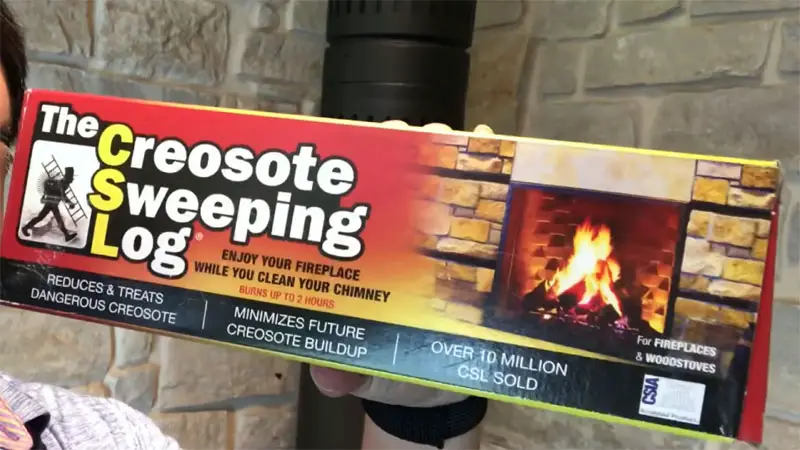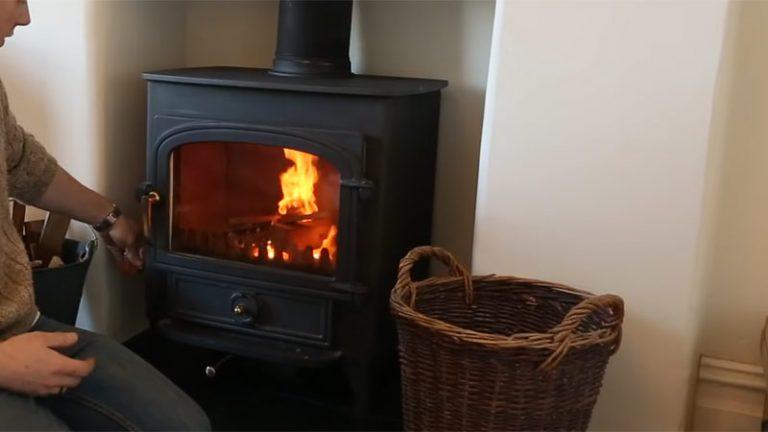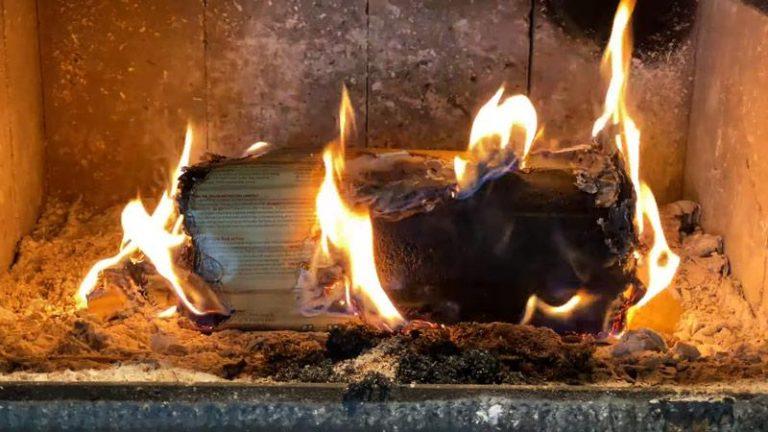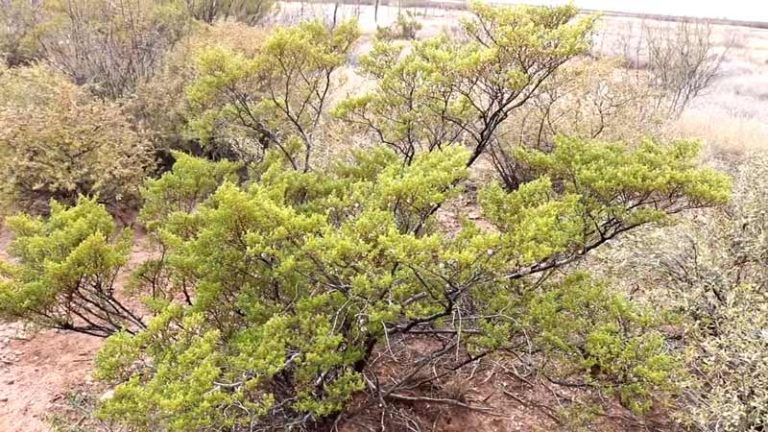How Long Does A Creosote Log Burn

The production of tar and ashes from burning CSL can be a serious problem if not monitored and corrected. If your chimney is not in good condition, the increased heat caused by fire may cause the tar to melt, resulting in an accumulation on top of the chimney called a “tarpaulin.” This film will prevent any soot or smoke from entering your home and create a hazardous environment for you and your family.
To avoid this dangerous situation, have your chimney inspected annually by a professional Chimney Sweeper. Keep yourself safe by learning about how to correctly burn CSL safely.
You'll Learn About
How Long Does A Creosote Log Burn?
The burning of coal and other fossil fuels produces tar and ash, both of which can cause problems in your home. The heat produced by the fire melts the tar, which causes it to fluidize.
This fluidized tar covers your chimney with a protective film, making it difficult for smoke and soot to escape. If you experience any difficulties with your fireplace or chimney, consult a professional immediately.
Production of Tar and Ash
Creosote logs are made of wood that has been treated with creosote, which is a type of oil. The treatment process creates tar and ash, both of which can be harmful when burned.
If you have a fireplace or wood-burning stove in your home, using a creosote log may not be the best option for you. Burning creosote logs produces tar and ash, which can increase your risk for respiratory problems and other health concerns over time.
It’s important to use caution when burning any kind of wood as it may result in the production of toxic chemicals.
Tar Fluidize
Creosote logs burn for a long time because of the heat they produce. The tar that is on the creosote log dissolves in this heat, and it becomes a fluidized substance.
This fluidization allows the smoke from the burning wood to escape quickly and efficiently, reducing the amount of smoke that enters your home or office. The longer you leave a creosote log burning, the more intense its flame will be.
Covers Your Chimney With a Protective Film
Creosote logs are a great way to protect your chimney from the elements. They are also an economical solution for covering your roof. The fluidized tar will cover your chimney with a protective film that lasts for years.
You can order creosote logs online or find them at local home improvement stores. Make sure you read the instructions carefully before starting the installation process.
How often should I burn a creosote log?
Creosote logs are a great way to reduce moisture in your home’s attic. Burning one log every few months will help keep the attic dry and healthy.
Burning A Creosote Log Will Help Keep Your Chimney Clean
Creosote is a type of coal that has been treated with a solvent to make it burn more easily. This treatment makes the creosote easier to remove from your chimney, and burning it every 60 fires will help keep your chimney clean.
May Damage Your Home
If you don’t burn a creosote log, the smoke from your fire could damage your home. The byproducts of combustion are carbon dioxide and water vapor which together form smoke.
When these gases escape into the air they can cause serious problems including acid rain and even lung cancer.
Make One Yourself
If you can’t find the right size creosote log, you can make one yourself using 2 inches of wood that’s been soaked in linseed oil for at least 24 hours before burning it.
Be sure to check the date on the package of the crease for proper storage so you won’t use old or expired logs when firing up your fireplace this winter.
Can you burn wood with a creosote log?
No, you cannot burn wood with a creosote log. Creosote is a type of oil that is used to seal wooden surfaces and prevent them from rotting. When the oil burns, it produces poisonous gases that can harm your health and those around you.
Creosote logs have chemicals that loosen the creosote, which means you need to make sure you remove it as it falls to the bottom of your fireplace.
Use a shovel or rake
Use these logs in any wood-burning fire. Make sure you burn them completely down before starting a new fire with them.
Creosote is toxic and should not be breathed in or ingested, so make sure you keep children and pets away from the burning log area while it’s burning.
Always wear safety gear when handling or burning creosote logs–including gloves, eye protection, and a face shield–to avoid exposure to harmful chemicals released during the combustion process.
Are creosote logs toxic?
Yes, Creosote logs are toxic in some ways. If you have a creosote-treated wood area in your home, be sure to keep your sweepers clean and dispose of the CSLs properly according to the manufacturer’s directions.
Dispose of treated lumber in a way that does not contaminate groundwater or soil – follow all local regulations. Make sure you’re following all instructions from the manufacturer when using creosote logs as part of your fireplace or wood-burning stove.
Know where you purchased your CSL products so if there are any problems with them, they can be resolved quickly and efficiently.
Do creosote cleaning logs really work?
There is a lot of debate around whether or not creosote cleaning logs actually work. Some people swear by them, while others say that they don’t see any difference whatsoever.
Ultimately, it’s up to the individual cleaner to decide if they think these logs are worthwhile. Sweeps do not clean as well as chimney cleaning when it comes to removing creosote build-up.
Creosote is a sticky, black substance that forms on the inside of your chimney over time. This buildup can make your chimney difficult to use and can even lead to dangerous fire hazards. Sweepings can damage your chimney if they fall down the flue or get caught in any other parts of the system.
If this happens, you may need professional help to fix the problem. The best way to remove creosote build-up from your Chimney is with a professional service like Chimneys unlimited. Our team of experts will carefully clean all of the surfaces around your fireplace and then seal them up for long-term protection against moisture and debris accumulation.
Even though sweeps are effective at removing some layers of creosote, they should never be used alone. They should always be followed by a proper Chimney Cleaning Service in order for maximum results.
Will a hot fire remove creosote?
You may want to try burning aluminum cans in a hot fire if creosote is present on the exterior of your chimney. This approach won’t clean the entire chimney, but it might help remove some of the creosote.
If you still have issues with creosote buildup, you can use a Chimney Brush to scrub it away completely. Make sure not to burn any flammable materials while using this method, as it could cause an explosion.
Always be cautious when dealing with fires – never leave children or pets unattended near them.
Will a chimney fire burn itself out?
If you see smoke coming from your chimney, don’t try to put the fire out yourself- call 9-1-1 immediately. Get everyone out of the home as quickly as possible if there is a fire in your fireplace.
Use water from a bucket or pot to extinguish the fire with; use a foam handgun pump if you have one available. Extinguishing the flames with water from up inside the chimney can be tricky, so be sure to know how to do it before attempting it.
Remember: always wear gloves and protective gear when handling any type of hot object.
Does burning aluminum cans help with creosote?
Burning aluminum cans can help to prevent creosote from forming in your home. The smoke produced will dissipate quickly, so there is no impact on built-up creosote.
Aluminum oxides are stable and will not react with the surrounding environment, ensuring that creosote remains unaffected. Burning cans do have an impact on air quality; however, this is minimal when compared to other forms of heating such as burning wood or natural gas.
Do potato peels clean chimneys?
If you have a gas or wood-burning stove, use potato peels to clean the chimney. Collect acorns in the autumn and throw them on top of the fire to keep your chimney clean.
Haggis is another food that can be used for this purpose; put some on top of a burning fire to deter smoke from entering your home through the fireplace. Finally, if all else fails, try boiling water with some salt added and pouring it down into the Chimney using an old bucket or pot.
To Recap
A Creosote log will burn for a long time, but it is important to be careful not to start a fire. Creosote logs are made of wood that has been treated with creosote, which makes the wood waterproof and resistant to fires.
Be sure to use caution when handling a Creosote log, and never leave it unattended if there is any chance of starting a fire.






